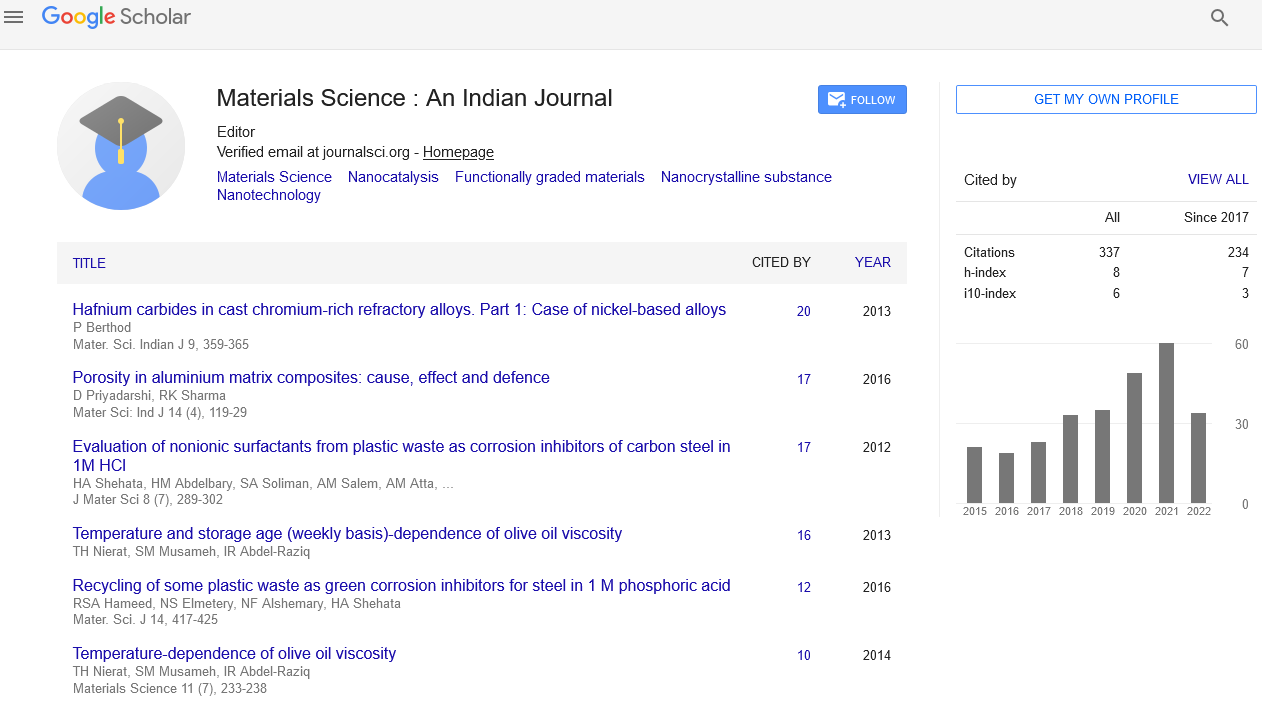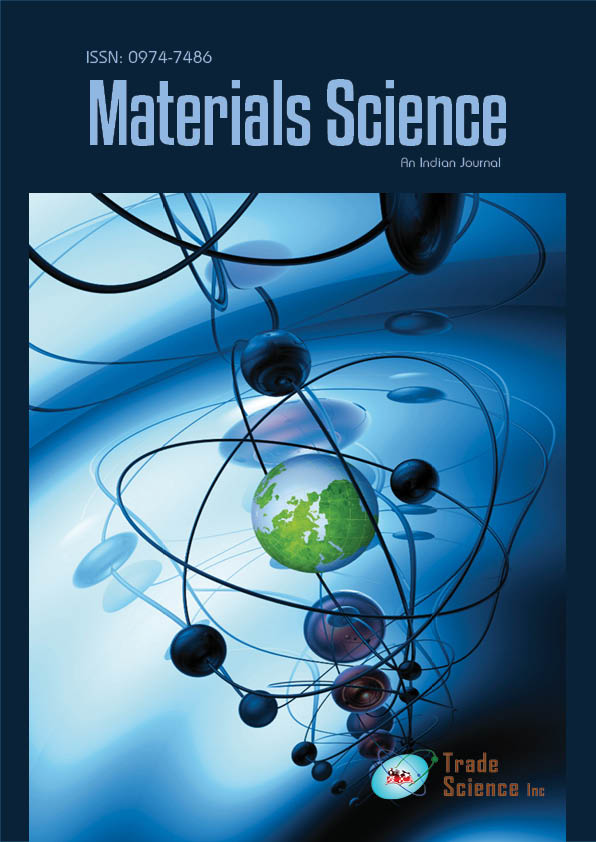Abstract
Template synthesis of core-shell WS2 @N/C nanocage Multifunctional Electrocatalysts for Dye sensitized solar cells
Author(s): Xiaohui Liu, Yanfang Gao*Dye-sensitized solar solar and efficient oxygen reduction play an indispensable role in various energy conversion devices due to its acceptable energy conversion efficiency, low-cost and simple production.The counter electrode (CE) plays a crucial role collects electrons from the external circuit and reduces the tri-iodide to iodide species by converting tri-iodide generated at the anode back to iodide, which has a significant influence on the photovoltaic performance. [1] platinum (Pt) is normally used as the CE for reducing the I3− redox species,and cobalt(II/III) electrolyte and zinc porphyrin dye achieved a highest power conversion efficiency of 12%.[2]However,Pt is an expensive and scarce material. Therefore, it is highly desired to seek for sustainable alternative materials for platinum group metals.[3]
2D transition metal dichalcogenides (TMDs) analogous structure like graphite,it structure is composed of three atomic layers, a W layer sandwiched between two S layers, and the triple layers are stacked by weak van der Waals interaction.[4]Wu et al,used commercial WS2 as a CE material for DSSCs. They demonstrated that WS2 was a good candidate to replace a Pt CE in DSSCs.WS2 is undoubtedly a hopeful material for catalyzing the reduction of I3-.[5]
Metal-organic framework (MOF) synthesized by the assembly of metal nodes and organic linkers, have emerged as promising materials for diverse applications due to their high porosity and ultrahigh surface area.[6]Calcinate the MOF material at high temperature,get the N-doped hollow carbon nanocages.TMDs combined with MOF templating synthesis of few-layered WS2 Nanoplates confined in Metal-organic framework Nanocaqes for dye-sensitized solar cells as the counter electrode.[7]

